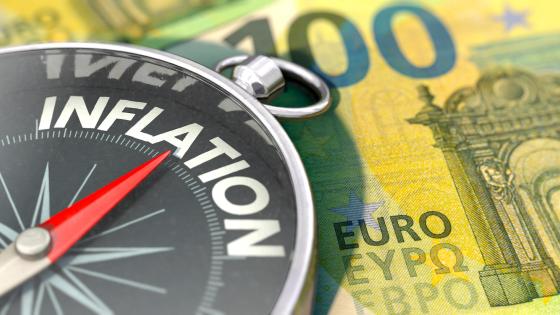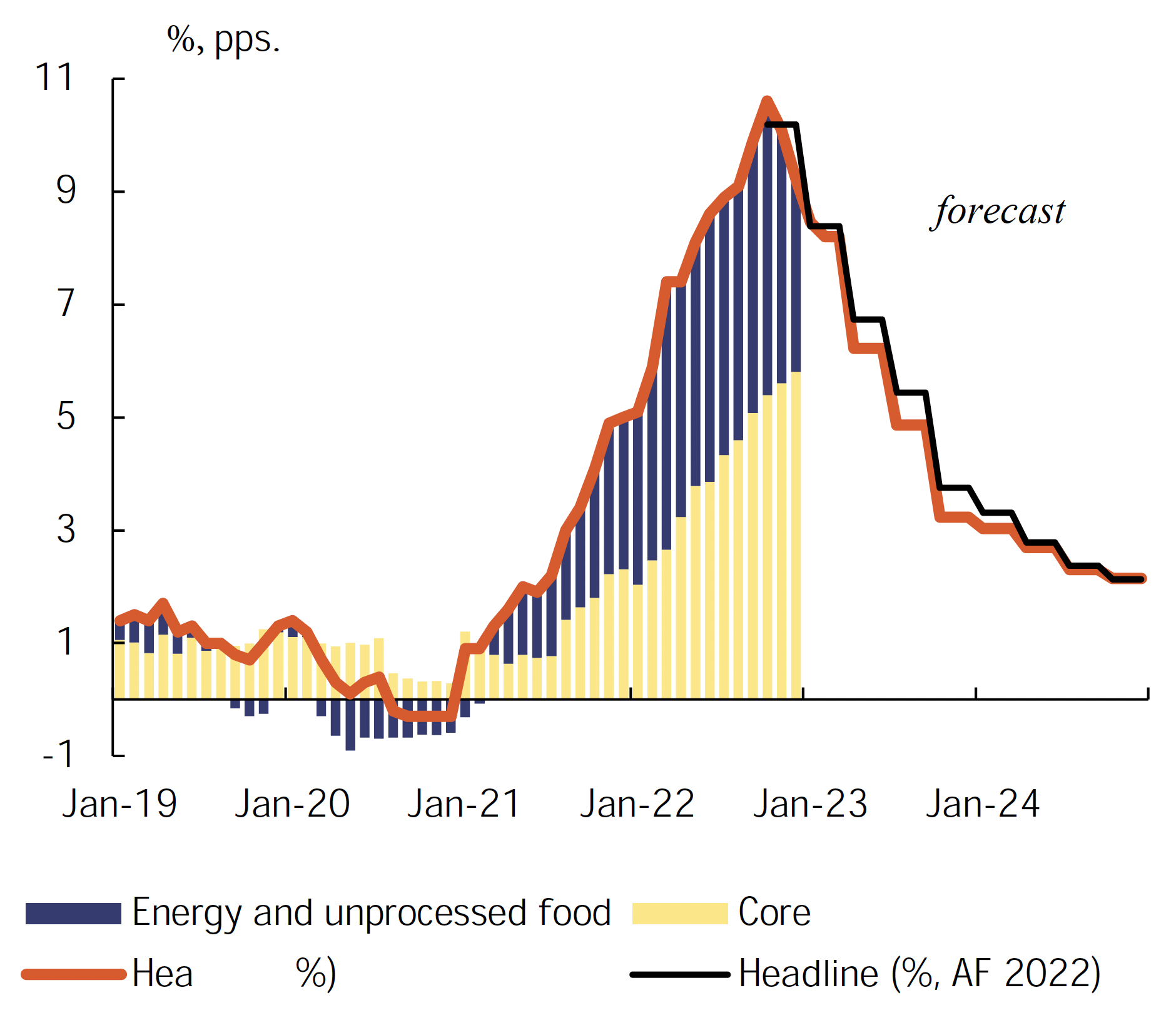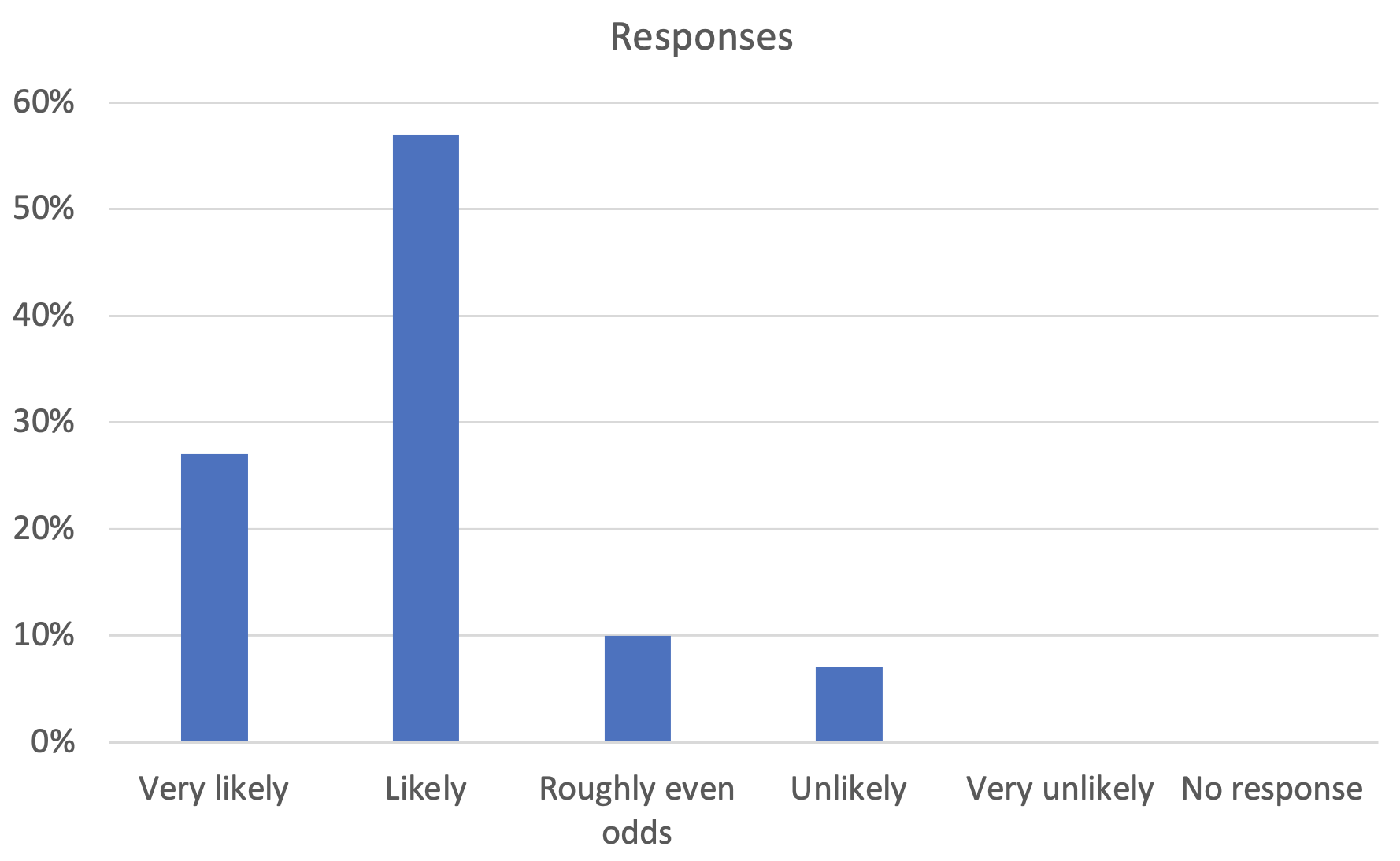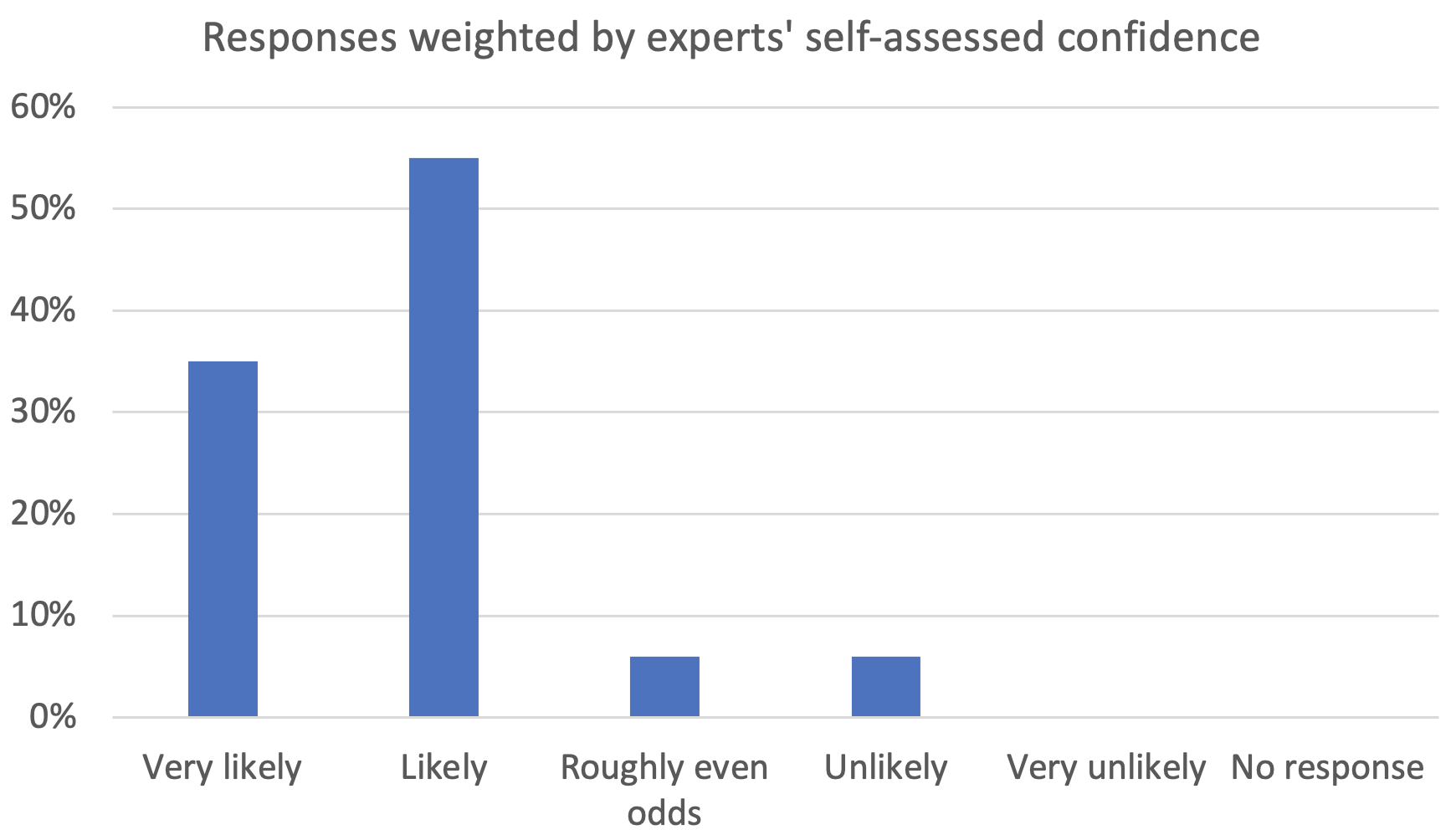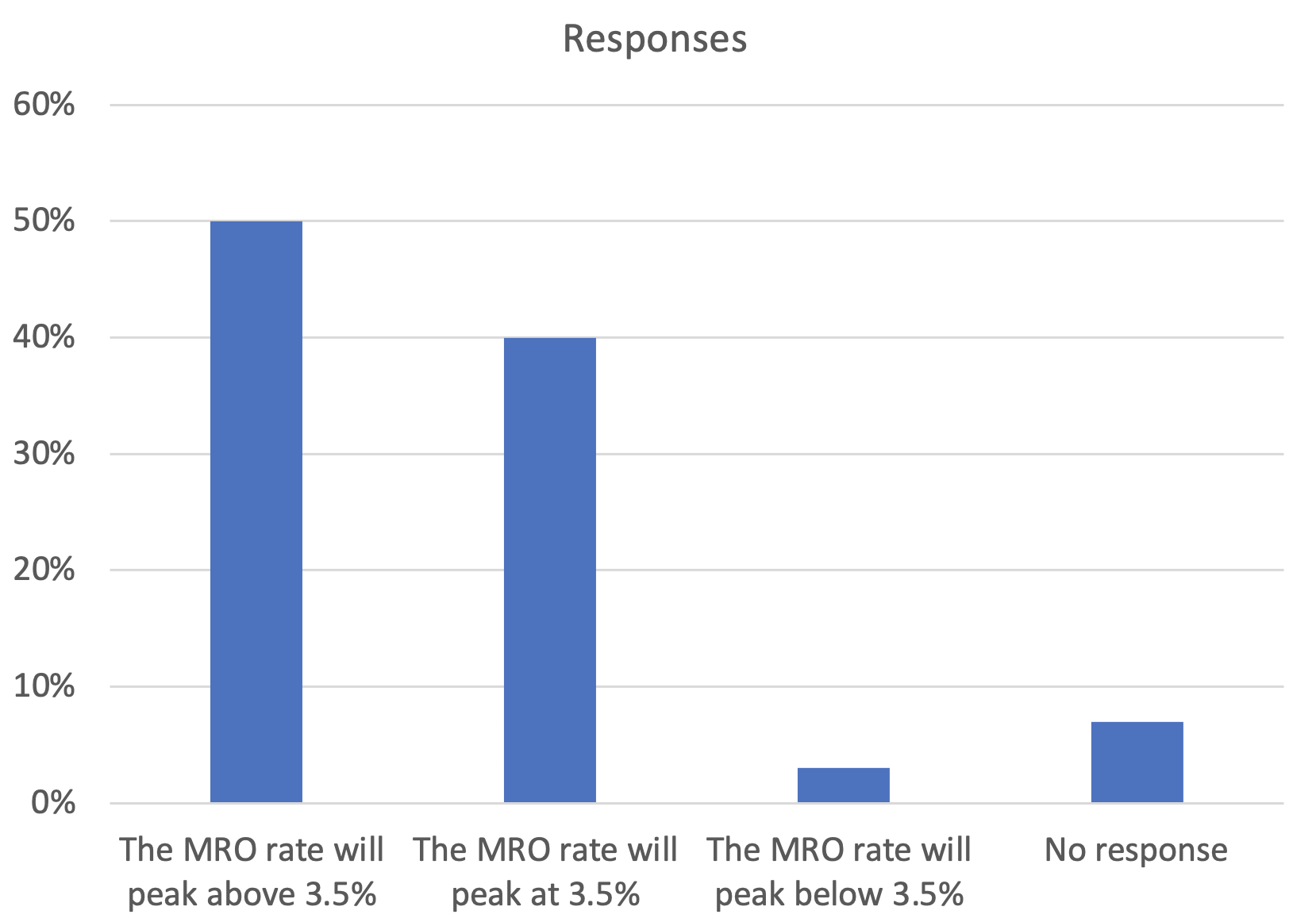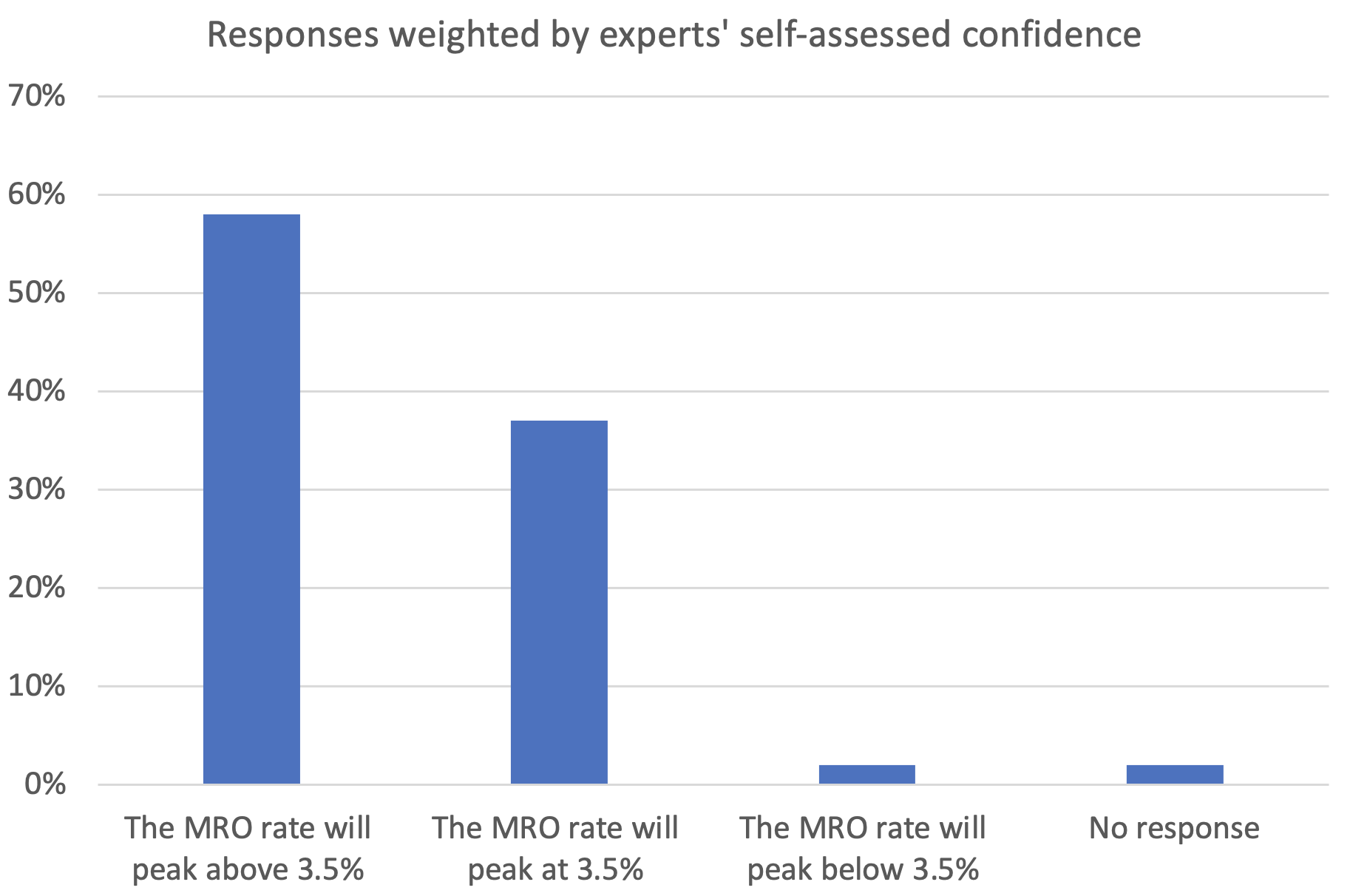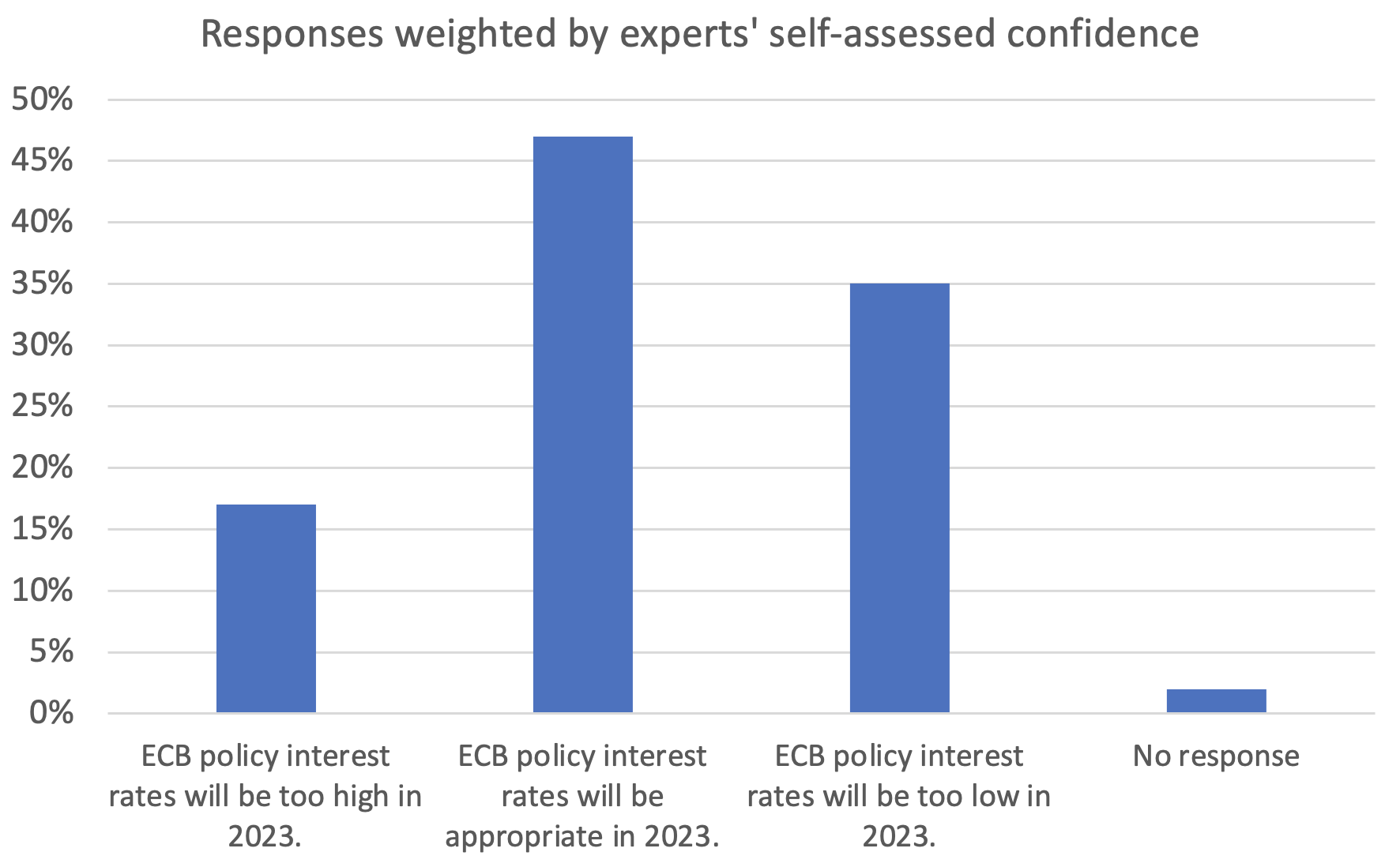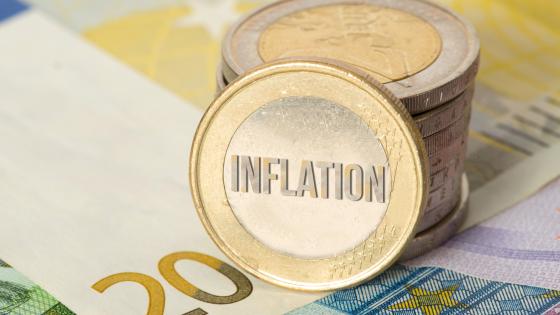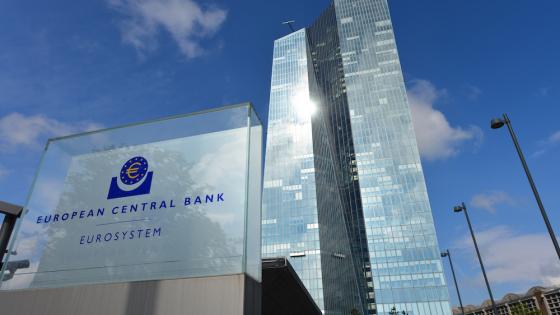In its Winter 2023 Economic Forecast economic forecast, the European Commission states that “three consecutive months of moderating headline inflation suggest that the peak is now behind us” (European Commission 2023). Inflation in the EU reached an all-time high of 10.6% in October 2022, declining to 8.5% in January 2023. It also revised its EU inflation forecast downwards to 6.4% in 2023 and to 2.8% in 2024. Moreover, the 5-year, 5-year inflation-linked swap for the EU, a common measure of longer-term inflation expectations, moved in a narrow band around 2.3%, indicating that long-term inflation expectations have not de-anchored. Although core inflation is still increasing, markets now expect policy rates to peak by mid-year. However, Felke and Philiponnet (2023) argue that while inflation pressures are expected to ease gradually going forward, this will not necessarily take place at an even pace throughout the EU. This makes it particularly challenging to ensure that the single monetary policy is effective throughout the euro area.
The ECB emphasises that some key inflation risks remain. These include a resurgence of gas prices due to geopolitical tensions and increased demand from a post-lockdown China, and higher-than-anticipated wage pressure due a tight labour market. Soldani et al. (2022) show how labour shortages have been on the rise in several advanced economies, which can tamper economic activity, aggravate supply bottlenecks, and trigger increases in inflation.
The ECB Survey of Professional Forecasters (SPF) also predicted similar inflation rates for the EU, with respondents (experts affiliated with financial or non-financial institutions based within Europe) revising their inflation expectations to 5.9% in 2023 and 2.7% in 2024 (ECB 2023). Bloomberg seconded the ECB’s views, arguing that “headline inflation has peaked [in the EU]” but mentioned that “core inflation will be stickier in the near term”. Credit Suisse expressed similar sentiments, stating “headline inflation may peak in Q4 2022, but core inflation is likely to hover around 5% until mid-2023”. Goldman Sachs echoed these views, stating that they expect inflation to ease faster than thought – to about 3.25% by the end of 2023 compared with earlier forecasts of 4.50%. Economists also forecast core inflation to slow down to 3.3% by the year-end as goods prices cool, but continued upward pressure is expected on services inflation due to rising labour costs. As such, given the ‘sticky’ nature of inflation, Goldman expects the ECB to remain hawkish in the near future.
van der Cruijsen et al. (2023) provide another explanation for the ECB’s hawkish stance. They find that individuals who have higher inflation perceptions and those facing financial difficulties have lower levels of trust in the ECB. Given that van der Cruijsen and Samarina (2021) found that trust in the ECB facilitates better anchoring of inflation expectations, losing trust will make it harder for the ECB to bring inflation back to target. Hence, the ECB needs to reduce inflation as quickly as possible to reduce this erosion in trust and maintain the efficacy of its monetary policies.
Figure 1 Inflation outlook in the euro area
Source: European Commission Winter 2023 Economic Forecast
The policy response
On 2 February, the ECB decided to raise the key ECB interest rates by 50 basis points, bringing the interest rate on the main refinancing operations (MRO) to 3.00%. The ECB has maintained a markedly hawkish tone regarding inflation, with President Christine Lagarde saying “we have ground to cover” due to high core inflation rates. In its 2 February statement, the ECB also stated its intention to raise interest rates by another 50 basis points in March and “then evaluate the subsequent path of its monetary policy”. While acknowledging the concern regarding overtightening, the Governor of the Bank of Portugal, Mario Centeno, stated that the ECB intends to have “at least” a few more rate hikes in 2023 to tackle inflation.
Similarly, the ECB SPF expected the ECB’s key MRO interest rate to increase to 3.0% in the first quarter of 2023 and to 3.5% in the second quarter of 2023, before easing slightly in 2024 and in 2025 to below 3%. Bloomberg Economics also expressed similar views, stating: “We expect this will keep the ECB hiking at least through Q1, 2023”. Oxford Economics also stated: “We think that falls in headline inflation will do little to stem the central bank’s hawkishness”.
Most banks believe the ECB will continue to hike interest rates beyond its intended 50 basis point hike in March. Goldman Sachs sees “two further 0.25% rate hikes in May and June, implying a 3.5% terminal rate in the summer”. Some banks felt that the ECB wasn’t doing enough to anchor future inflation expectations and needed to clearly state its intention to hike interest rates by more than the planned amount. Commerzbank stated that they “continue[d] to believe that a deposit rate of about 4% is necessary”, while Société Générale claimed that the ECB is rather “taking the risk of doing too little than too much tightening to reach the target”. Nordea echoed these sentiments, claiming that “Lagarde’s comments strongly suggest that the ECB is planning to continue rate hikes also beyond March”. ING also expressed similar views: “As long as core inflation remains stubbornly high and core inflation forecasts remain above 2%, the ECB will continue hiking rates.”
However, some other banks expect the ECB to adopt a more dovish approach and end its tightening cycle in March. ABN Amro “continue[s] to expect the deposit rate to peak at 3%, which implies that the 50 basis-point rate hike in March would be the final one and that rates will be kept on hold for a while after that”. Berenberg indicated similar sentiments: “As inflation looks set to decline, we expect [the ECB] to push back against further major rate hikes in the second quarter”.
This month’s CfM-CEPR survey asked the panel about the prospects for inflation in the euro area. It included three questions. The first asks whether inflation has peaked. The second asks whether the ECB will raise interest rates above 3.5%, as its MRO rate is currently projected to peak. The third question asks whether the currently projected 3.5% peak rate will be sufficient to curb inflation.
Question 1: How likely is it that peak headline euro area inflation is behind us?
Thirty panel members responded to this question. The panel shows much confidence that inflation has peaked, with 57% thinking this is likely and an additional 27% thinking it is very likely. The remainder of the panel is roughly evenly split between those thinking it is unlikely that inflation has peaked and those who think it is about even odds whether inflation had peaked or not.
An overwhelming majority of the panel believes that headline inflation has already peaked in the euro area and will gradually fall. Ugo Panizza (The Graduate Institute, Geneva) and Lukasz Rachel (University College London) expect headline inflation to decline in the near term, attributing this to “falling energy prices” and the “ECB’s [policy] response”. Ricardo Reis (London School of Economics) echoes this view, arguing that “another large energy shock does not seem in the horizon”, implying that “while core inflation may well not have peaked, headline probably has peaked”. Additionally, Roger Farmer (University of Warwick) claims that the recovery from “the temporary spike in deficits caused by Covid relief packages” could be another reason to expect a fall in euro area inflation in 2023.
A small fraction of the panel indicated their apprehension that headline inflation may still increase further and that the inflation outlook is still extremely uncertain. Robert Kollmann (Université Libre de Bruxelles) ascribes uncertainty to several factors, including “the [extent of the] ECB's willingness to continue to raise interest rates, fiscal risks, and ongoing developments in the war in Ukraine”. Jorge Braga de Macedo (Nova School of Business and Economics) also argues that the “additional liquidity” infused by major central banks in global financial markets as well as the possibility of a “US debt ceiling crisis” confronting the Federal Reserve may contribute to a spike in headline inflation in the near future.
Question 2: Relative to market forecasts of the ECB’s MRO rate peaking at 3.5%, which of the following is more likely during 2023?
Thirty panel members answered this question. Half the panel thinks the ECB’s interest rate will peak above what markets are currently forecasting and most of the remainder (40%) thinks market forecasts are getting it right. Only one panellist thinks the ECB will blink and cease interest rate hikes before reaching 3.5%.
Half the panel believes that the ECB will be pushed to increase the MRO rate beyond market forecasts to bring inflation to its 2% target. This view is summed up by Robert Kollmann: “If the fight against inflation is lost, the ECB’s reputation will be damaged for years to come. As a result, it is likely that the MRO rate will be raised to above 3.5% in 2023.” Michael Wickens (Cardiff Business School and University of York) argues that given the “slow fall in inflation” and the fact that “the ECB is still behind the curve in responding to the earlier sharp rise in inflation”, interest rates will peak at higher than market expectations. Roger Farmer echoes these sentiments, claiming that he “does not expect them [the ECB] to back down” as they “appear to be on a path to continue rate hikes”. Costas Milas (University of Liverpool) offers an alternative explanation for a higher peak MRO rate, stating that “the ECB will be keen to make sure that its policy rate exceeds slightly the forecast of inflation so that the real interest rate becomes positive”. Another potential reason is provided by Jorge Braga de Macedo, who argues that upward pressure on prices due to “the sharp expected rise in salaries” could necessitate a higher-than-expected peak MRO rate.
Stefan Gerlach (EFG Bank) takes a different stance, arguing that the MRO rate will peak below 3.5%. He highlights that the ECB still has a way to go to reach its expected peak rate and that the effects of previous hikes on the euro area economy have not yet fully materialised. According to Gerlach, there is still “plenty of tightening in the pipeline”. He further postulates that “if the euro area economy were to slow markedly”, the ECB may be forced to “reconsider the outlook for interest rates” to stimulate growth and investment.
Ricardo Reis believes that the MRO rate will peak above 3.5% but that the “tougher question” is how long the interest rates will last there. He sums up his stance on this issue succinctly, stating: “A while, I think”.
Question 3: Under its current policy trajectory, with rates peaking at 3.5%, which of the following is most likely?
Thirty-seven panellists responded to this question. Nearly half the panel (46%) thinks ECB interest rate hikes will be appropriate to curb inflation on their current trajectory. However, 35% of the panel thinks interest rates will increase too slowly, compared to only 16% thinking rates will rise too rapidly.
A significant proportion of the panel thinks that the forecasted ECB policy interest rates will be insufficient for tackling inflation in 2023, necessitating further interest rate hikes. Costas Milas sums up this viewpoint: “Assuming a policy rate of 3.5% but inflation in excess of that level, a negative real interest rate would most likely sustain existing market distortions”.
While almost half the panel believes that the current policy trajectory will be appropriate in 2023, panellists emphasised the uncertainty surrounding the factors affecting inflation. Jorge Braga de Macedo states that “rising non-US central bank flows and investor optimism about growth will keep ECB policy rates appropriate if geopolitical tensions abate”, but also expresses doubts regarding whether such an abatement would occur. Ricardo Reis claims that the ECB is at an “inflection point”, characterised by a great degree of uncertainty. He reiterates his earlier point, arguing that the duration of high interest rates in the euro area is a more important consideration than where the interest rate will peak.
A small fraction of panellists argue that the ECB is overreacting in the current situation and may trigger a recession due to its high policy rates in 2023. This view is summarised by Roger Farmer: “Asset markets already appear nervous. Further rate hikes [beyond the forecasted 3.5%] will spook them further and that will not be good for employment and growth.” Simon Wren-Lewis (University of Oxford) also points out that “since the end of 2019, the US has grown by around 5%, while growth in Germany and France is only just over 0% and 1% respectively”, suggesting that “Germany and France are operating below capacity”. Consequently, he argues that “strong rate increases make little sense” and reflect an “overreaction” on the ECB’s part.
References
ECB (2023), “Results of the ECB Survey of Professional Forecasters for the First Quarter of 2023”, 3 February.
European Commission (2023), “Winter 2023 Economic Forecast: EU Economy Set to Avoid Recession, but Headwinds Persist”, 13 February.
Felke, R and N Philiponnet (2023), “Time to step up policy coordination in the euro area”, VoxEU.org, 18 February.
Soldani, E, O Causa, N Luu and M Abendschein (2022), “The post-COVID rise in labour shortages across OECD countries”, VoxEU.org, 28 November.
Van der Cruijsen, C and A Samarina (2021), “Trust in the ECB during the pandemic”, VoxEU.org, 3 October.
Van der Cruijsen, C, J De Haan and M Van Rooij (2023), “High inflation erodes trust in the ECB”, VoxEU.org, 25 January.
